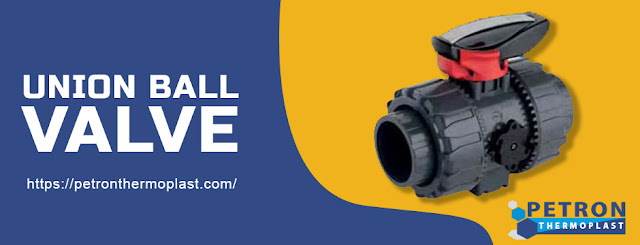In every slurry pipeline system, pipe abrasion and consequent erosion loss are key problems. Pipeline construction and materials are continually being improved for a number of industries. Carbon steel, alloy steel, hardened steel, stainless steel, abrasion-resistant lined pipes, non-ferrous pipes, HDPE, and other materials can be used to make slurry pipelines. The pipeline material is usually chosen depending on the application, the substance to be pumped, and the cost.
Guidelines for a Slurry Pipeline that Works
• The slopes of the horizontal line should not be more than the slurry's angle of repose.
• Routines for flushing and draining pipes, as well as manual cleaning, must be maintained.
• Wear spots that are prone to wear must be identified.
• Use bends with a large radius.
• Use a valve with the largest possible port size.
• Ball valves with complete ports should be used.
• Use a globe valve sparingly (seat may be plugged by solid deposition).
• Connect the valves to the flushing system.
• Steel pipes with abrasion-resistant lining have a much longer lifespan.
• Lining technologies can be employed in an operational pipeline to lengthen its service life.
• Due to the increased exposure to the slurry being pumped, the bottom of slurry pipelines can wear out fast. If feasible, rotate pipes on a regular basis to decrease the risk of concentrated wear.
What Happens When the Diameter of a Pipeline Is Changed?
When we talk about a pipeline's diameter, we're talking about the internal diameter or I.D. Piping is measured in two ways: diameter and schedule. Diameter refers to the interior diameter of the pipe, while schedule refers to the thickness of the pipe wall. When you buy an 8-inch diameter pipe, you're getting an 8-inch internal diameter.
Pumping a certain volume of fluid through a pipeline necessitates the pump exerting a certain amount of force on the fluid, forcing it through the pipeline. A precise rate of flow must be maintained while the fluid is driven down the pipeline and downstream of the pump to obtain the required output. Fluid velocity is the name given to this precise rate of flow.
Let's pretend that a slurry pump and a pipeline have been set up to deliver a specified flow rate of a viscosity fluid. Let's also say that a part of the pipe has been damaged and has to be replaced owing to the severe climate it must undergo. If the same flow rate is necessary, always use the same diameter pipe when repairing damaged piping; avoid using a lower diameter.
If smaller diameter piping is used, it will cause a restriction, which will increase pipe friction, lowering the velocity of the fluid being pumped and thereby lowering the flow rate. A fall in flow rate can be addressed in this case by raising the force the pump applies to the fluid being pushed, but this reduces pump efficiency and raises the cost of the pumping operation. The increased pressure and friction inside the pipeline can also cause the piping to wear out faster.
It's just as crucial to avoid installing plumbing that's wider in diameter than the piping that's being replaced while replacing existing piping. Installing a pipe with a bigger diameter might potentially reduce the intended flow rate. When bigger diameter pipes are installed, the velocity and pressure within the pipeline fall, resulting in a reduction in flow rate. To obtain the target flow rate, this circumstance will necessitate an increase in the force used on the fluid, which will raise the pumping operation's cost. Reduced velocity and pressure can further raise the risk of pipeline blockage in this case, as the slurry settles towards the bottom of the pipeline. It's critical to ensure sure your pipeline and hose are designed appropriately for your pump based on the slurry you're pushing and the intended flow rate.
When Considering Changes in Pipeline Diameter
When a precise flow rate is required and a change in pipeline diameter is unavoidable, the pump speed must be adjusted depending on a variety of criteria. The viscosity of the substance being pumped, the distance between the pump and the fluid source, the distance between the pump and where the fluid will be released, and the new pipeline diameter are all elements to consider. A well-designed pumping system will improve the efficiency of the pumping operation, save thousands of dollars by eliminating pump downtime, and assist to guarantee that the pump is running continuously.
These are the same factors that should be considered when choosing a pipeline diameter to achieve the appropriate flow rate and fluid output. A well-designed pumping system will improve the efficiency of the pumping operation, save thousands of dollars by eliminating pump downtime, and assist to guarantee that the pump is running continuously. Find Top quality Slurry Pipeline and Spool Pipe online only at Petron Thermoplast.


.jpg)




No comments:
Post a Comment